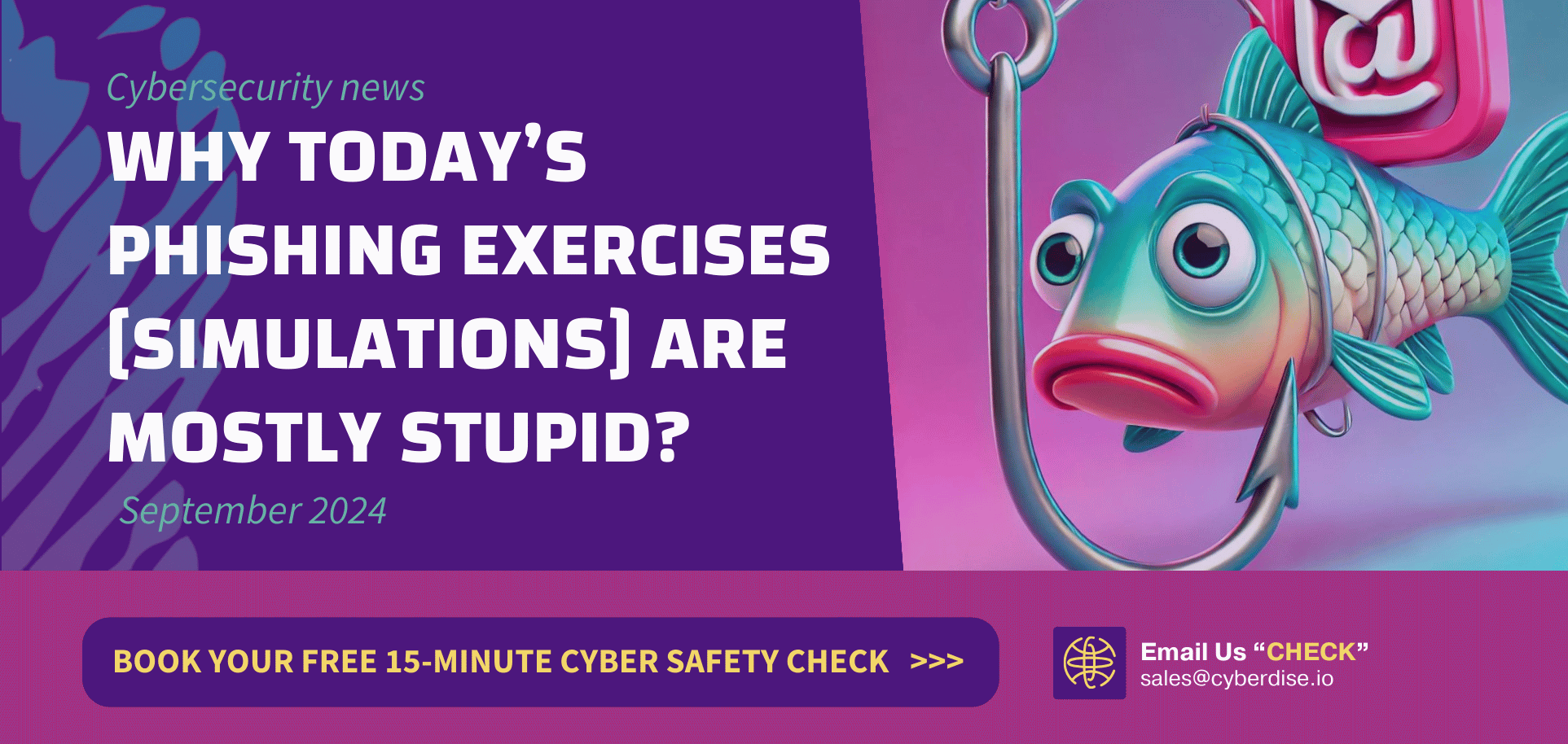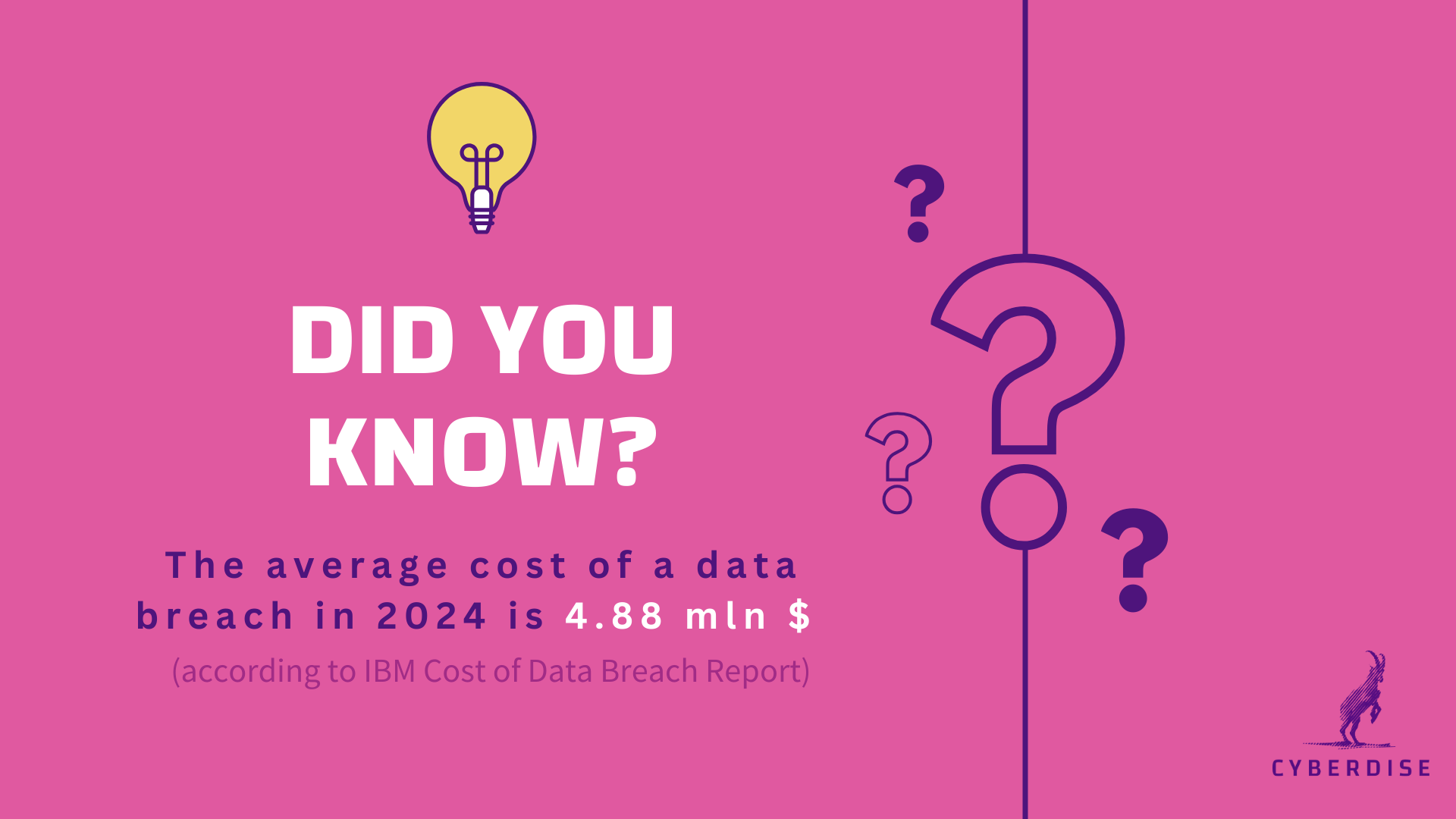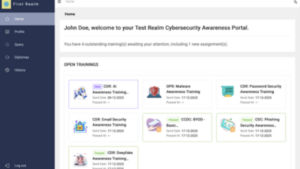Why Today’s Phishing Exercises (Simulations) Are Mostly Stupid?
Published Date:
- November 4, 2024

The “Cybersecurity Awareness” Paradox
There’s something almost ironic about cybersecurity awareness: on one hand, cybersecurity is the lifeline that can make or break a company in the event of a breach, with millions of dollars and reputations on the line; on the other hand, it is so unpopular among employees that most training programs end up being ineffective.
What Is Happening?
Breaches are on the rise, and human error continues to be the number one reason behind these costly incidents. In fact, according to the latest IBM Cost of Data Breach Report, compromised credentials and phishing account for nearly 47%of successful attacks (1). These are not highly sophisticated hacking techniques but attacks targeting inexperienced, careless, or overconfident employees.
Naturally, companies invest heavily in cybersecurity tools, but without well-trained employees, even the best software is no match for today’s ever-evolving cyber threats. The data is clear: employee training is the most effective factor in reducing cyber damage, slashing breach costs significantly .
The problem is – despite its proven importance, cybersecurity training is often treated as a checkbox task – something to be endured, rather than valued.
You Might Ask:

The 10 Reasons Why Cybersecurity Training is Unpopular:
1. Lack of Time or Competing Priorities
Most employees are already overwhelmed with their day-to-day tasks, so squeezing in cybersecurity training feels like just another burden.
2. Human Nature
Many employees don’t believe they are targets of cyberattacks. They see cybersecurity as someone else’s problem or something that doesn’t relate to their daily work.
3. Overly Technical and Nerdy Content
Cybersecurity can feel like a maze of jargon and technical terms. For most people, that’s intimidating, which causes them to tune out.
4. Boring Content
Let’s face it: traditional cybersecurity training can be mind-numbing. Long, text-heavy slides and monotonous videos are a sure way to lose attention of your audience.
5. Overconfidence
Some employees believe they already know enough about cybersecurity, which leads them to skip or ignore training.

6. Fear and Negative Association
Cybersecurity training is often framed around threats and penalties for failure. This makes it something employees dread, rather than see as helpful.
7. Long and Infrequent Sessions
Infrequent, lengthy training sessions often cause employees to forget what they’ve learned, making the training ineffective.
8. One-Size-Fits-All Approach
Most trainings don’t consider the varying levels of cybersecurity knowledge among employees, presenting the same content to everyone, regardless of their background.
9. Human Resistance to Change
It’s human nature to resist change, and that includes cybersecurity practices. Employees are often reluctant to adopt new habits, especially when they feel inconvenient.
10. No Incentive System
Many employees don’t see a clear benefit to completing cybersecurity training. They’re not motivated to engage when there’s no incentive.
Want to see how vulnerable your employees might be to cyber threats?
We’re offering a FREE 15-MINUTE SAFETY CHECK to evaluate your team’s awareness. No strings attached – just insights to help you stay safer.








